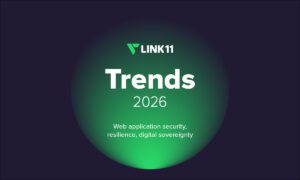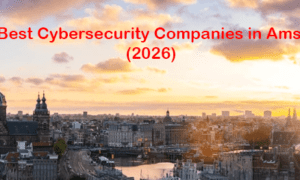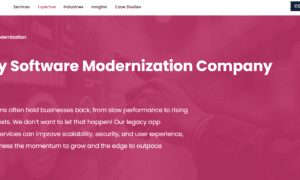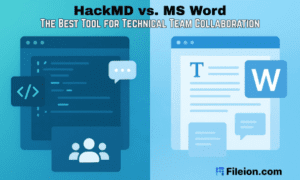Cybersecurity is no longer just about protecting networks—it’s a continuous battle where businesses must adapt or risk being outpaced by increasingly sophisticated attackers. With AI-driven threats, cloud vulnerabilities, and the rise of quantum computing, organizations must rethink their security strategies to stay ahead.
Few understand this evolving landscape better than Rushil Shah, Lead Security Engineer at Intrinsic, an Alphabet company, and an Associate editor at SARC. With over a decade of experience at companies like Cloudflare, Box, and Cigital, Inc., Shah has worked extensively on fortifying infrastructures, and leading security programs that protect businesses from modern cyber threats. He believes that security is no longer just an IT concern—it’s a business imperative. “Hackers aren’t waiting for companies to catch up,” Shah emphasizes. “If security isn’t evolving, then it’s already behind.”
AI in Cybersecurity & Cloud: A Double-Edged Sword
Artificial Intelligence has revolutionized security, enabling automated threat detection and faster responses. However, attackers are leveraging AI just as aggressively, developing smarter phishing techniques and more evasive malware. Shah warns against over-reliance on AI-driven security tools, explaining, “AI is powerful, but it’s not foolproof. Attackers are constantly manipulating detection models, so companies must continuously test and refine their defenses.”
One of the biggest challenges in AI security is adversarial attacks, where hackers trick AI-driven detection systems into misclassifying threats. To counter this, Shah stresses the importance of AI model validation, continuous testing, and human oversight. “Automation helps, but security teams still need to anticipate how AI can be exploited and adapt accordingly,” he adds.
Cloud computing has transformed business operations, but it has also introduced new security gaps. Many organizations assume that AWS, Azure, and Google Cloud automatically secure their data, only to realize that misconfigurations and poor access controls leave them exposed.
Shah, who worked extensively on cloud security at Cloudflare, cautions against this false sense of security. “Cloud providers offer security tools, but they don’t configure them for you,” he explains. “Strong IAM policies, encryption at every level, and continuous monitoring are non-negotiable. If you’re not verifying your security, you’re vulnerable.”
Another overlooked issue is third-party risk. Many cloud-based applications rely on external APIs and integrations, which can become weak entry points for attackers. Shah advises companies to perform regular security audits on third-party vendors and implement Zero Trust policies to minimize risk.
Zero Trust: The New Security Standard
The traditional castle-and-moat security model—where everything inside a network is trusted—is obsolete. With remote work, SaaS applications, and supply chain vulnerabilities on the rise, organizations must shift to a Zero Trust Architecture (ZTA).
“Zero Trust isn’t about restricting access; it’s about securing access intelligently,” says Shah, who also has a paper on fraud detection published on GSAR. “Every user, device, and request must be authenticated and continuously validated.” He highlights that implementing least privilege access, multi-factor authentication (MFA), and real-time anomaly detection can significantly reduce security risks without compromising usability.
One of the biggest benefits of Zero Trust is its ability to secure remote workforces. With employees accessing corporate data from various locations and devices, a perimeter-based security model is no longer effective. “Security has to follow the user, not the office network,” Shah explains. “That’s why Zero Trust is the future.”
Looking ahead, Shah identifies three critical areas that will shape cybersecurity in the next decade:
- Quantum Computing Threats: As quantum technology advances, current encryption methods will become obsolete. Companies must start adopting quantum-resistant cryptography to future-proof their data security.
- Self-Healing Systems: AI-driven cybersecurity solutions will evolve into self-healing systems that detect, isolate, and neutralize threats autonomously—shifting security from a reactive to a proactive model.
- Supply Chain Security: Attackers increasingly target third-party vendors to infiltrate larger organizations. Businesses must conduct thorough security audits and enforce strict vendor access policies.
Shah believes that businesses must move beyond compliance checkboxes and embed security into every aspect of operations. “Security isn’t just a regulatory requirement—it’s a business enabler. Companies that invest in proactive security measures will be the ones that thrive in the digital age.”
The pace of cyber threats is accelerating, and businesses that fail to adapt will face severe consequences. Cybersecurity is no longer just about protecting data—it’s about preserving trust, maintaining business continuity, and staying ahead of emerging threats.
“Hackers aren’t waiting. Neither should your security strategy,” Shah concludes. “Companies that take security seriously now won’t just survive—they’ll lead.”



































